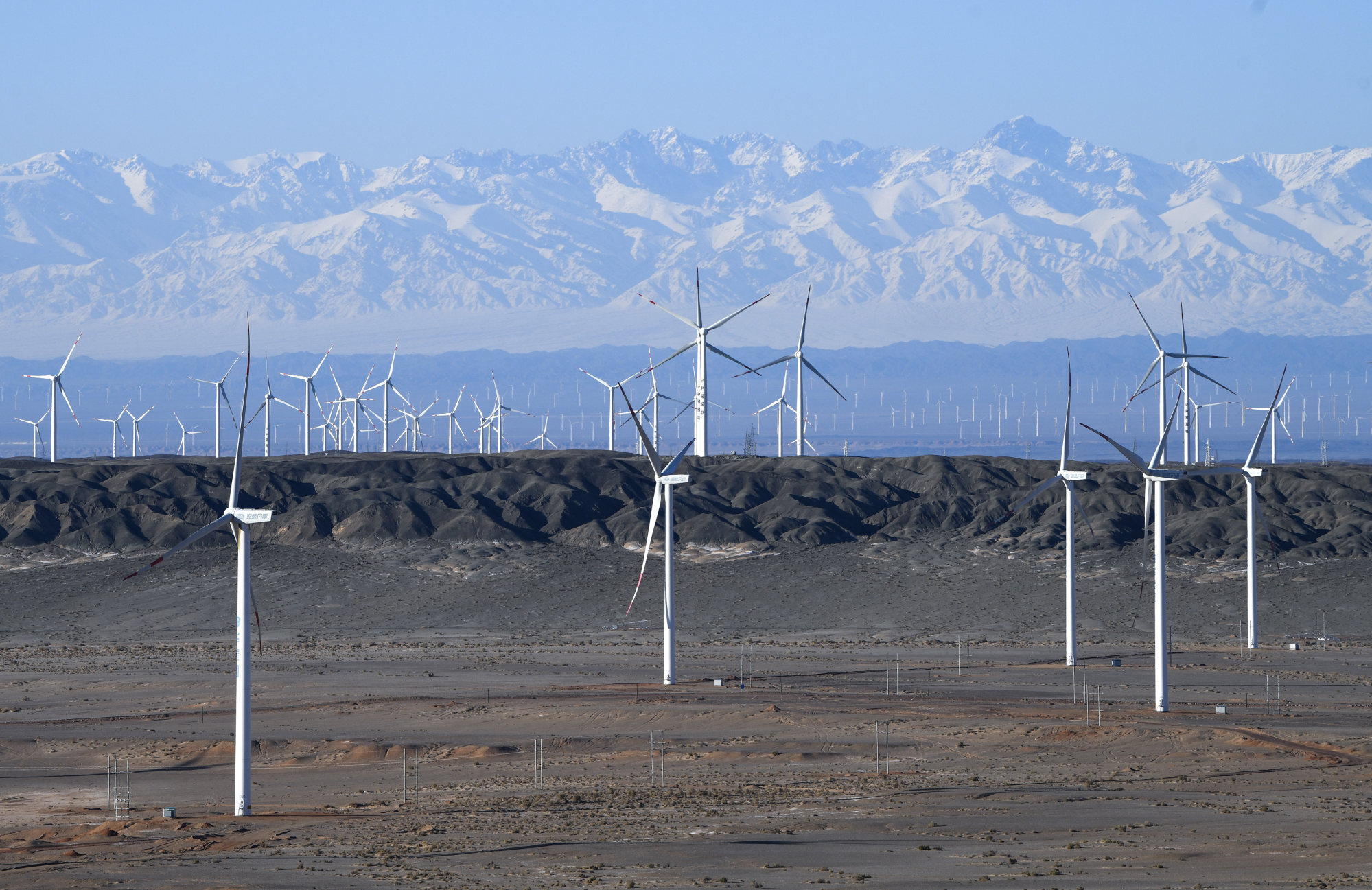
Asia-Pacific wind energy sector set for rapid growth, as China becomes world’s largest market in 2030
- China could add 93 gigawatts worth of new offshore wind power capacity from 2021 to 2030, Wood Mackenzie says
- Global growth will be largely driven by high demand across Asia-Pacific, especially in China, webinar hears
The Asia-Pacific region’s wind energy sector is set for rapid expansion and could make up nearly a quarter of the power capacity mix in the area this decade, according to a new study, as high domestic demand for offshore wind power turns mainland China into the world’s largest market by 2030.
China, the world’s biggest carbon emitter, is forecast to add 93 gigawatts (GW) worth of new offshore wind power capacity from 2021 to 2030, according to resource consultancy Wood Mackenzie.
“Wind energy, both onshore and offshore, has the lowest life cycle emissions of any mainstream energy technology, which is why its role has been recognised by different global institutions to reflect the global net-zero consensus,” Qiao Liming, head of Asia at Global Wind Energy Council (GWEC), said during a webinar last Friday.
GWEC expected the global wind energy sector to significantly expand from 2022 to 2025, with a compound annual growth rate of 3.5 per cent, and annual added capacity to reach 110.6GW in 2025. It said the average annual wind installation in the four years to 2025 will reach 96.4GW, up 3.7 per cent from 93GW in 2020.
Global growth will be largely driven by high wind power demand across the Asia-Pacific region, especially in China, Robert Liew, principal analyst of power and renewables at Wood Mackenzie, said during Friday’s webinar.
Taiwan, Japan, South Korea, Vietnam and India will also rank among the world’s 20 largest offshore wind markets, adding a combined 29GW of new capacity from 2021 to 2030, according to Wood Makenzie estimates. It said Asia-Pacific will add 122GW of new capacity this decade, surpassing the projected new capacity across Europe and the United States in the same period.

The global wind industry installed 93GW of new capacity in 2020, translating to 743GW in cumulative installation.
“The Asia-Pacific region is actually still lagging behind in the global energy transition,” Wood Mackenzie’s Liew said. “But as more governments adjust their national energy plans to be less reliant on fossil fuel and aim for more ambitious net-zero targets, we will see a major reversal by 2050 – with renewables, backed by energy storage, to replace the current 60 per cent share of fossil fuels.”
Wind power currently accounts for 10 per cent of Asia-Pacific’s power capacity mix, while coal makes up 45 per cent and petrol contributes 12 per cent. This is expected to change in 2050, as the shares of wind and solar both double to account for a combined 50 per cent of the region’s power capacity mix that year.

The cost of wind power is expected to drop significantly by 2030 when it will beat coal, the cheapest power source in Asia at present, according to Wood Makenzie. Offshore wind power will eventually provide the most cost-competitive power resource in the Asia-Pacific region by 2050, Liew said.
Total carbon emissions from wind power through its whole life cycle – from production and use to disposal – have been estimated to account for only 1 per cent of what coal emits.
By that time, wind will be the world’s biggest single source of power – generating 34 per cent of electricity globally.


